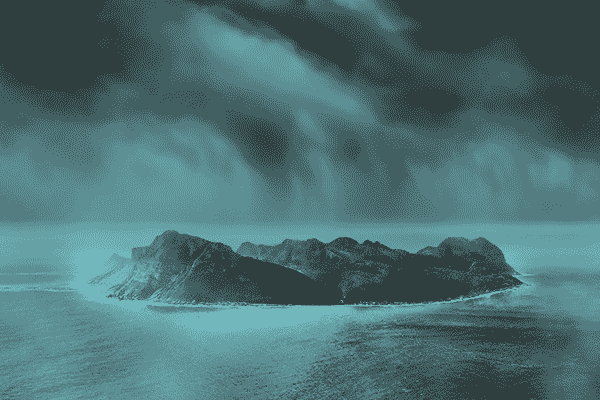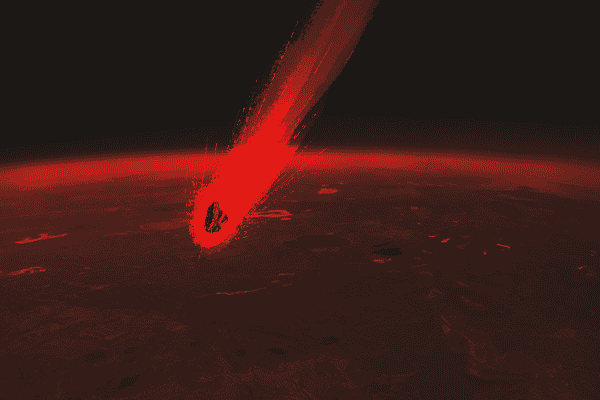| Boreal Herald Tribune | |
| February 1928 | Five Cents |
The Call of Cthulhu |
|
| By Howard Phillips Lovecraft | |
| Found Among the Papers of the Late Francis Wayland Thurston, of Boston | |
Of such great powers or beings there may be conceivably a survival... a survival of a hugely remote period when... consciousness was manifested, perhaps, in shapes and forms long since withdrawn before the tide of advancing humanity... forms of which poetry and legend alone have caught a flying memory and called them gods, monsters, mythical beings of all sorts and kinds...
The Madness from the Sea — Part 2
This was all, together with the picture of the hellish image; but what a train of ideas it started in my mind! Here were new treasuries of data on the Cthulhu Cult, and evidence that it had strange interests at sea as well as on land. What motive prompted the hybrid crew to order back the Emma as they sailed about with their hideous idol? What was the unknown island on which six of the Emma's crew had died, and about which the mate Johansen was so secretive?
What had the vice-admiralty's investigation brought out, and what was known of the noxious cult in Dunedin? And most marvellous of all, what deep and more than natural linkage of dates was this which gave a malign and now undeniable significance to the various turns of events so carefully noted by my uncle?
March 1st—our February 28th according to the International Date Line—the earthquake and storm had come. From Dunedin the Alert and her noisome crew had darted eagerly forth as if imperiously summoned, and on the other side of the earth poets and artists had begun to dream of a strange, dank Cyclopean city whilst a young sculptor had moulded in his sleep the form of the dreaded Cthulhu.

March 23rd the crew of the Emma landed on an unknown island and left six men dead; and on that date the dreams of sensitive men assumed a heightened vividness and darkened with dread of a giant monster's malign pursuit, whilst an architect had gone mad and a sculptor had lapsed suddenly into delirium! And what of this storm of April 2nd—the date on which all dreams of the dank city ceased, and Wilcox emerged unharmed from the bondage of strange fever?
What of all this—and of those hints of old Castro about the sunken, star-born Old Ones and their coming reign; their faithful cult and their mastery of dreams? Was I tottering on the brink of cosmic horrors beyond man's power to bear? If so, they must be horrors of the mind alone, for in some way the second of April had put a stop to whatever monstrous menace had begun its siege of mankind's soul.
That evening, after a day of hurried cabling and arranging, I bade my host adieu and took a train for San Francisco. In less than a month I was in Dunedin; where, however, I found that little was known of the strange cult-members who had lingered in the old sea-taverns. Waterfront scum was far too common for special mention; though there was vague talk about one inland trip these mongrels had made, during which faint drumming and red flame were noted on the distant hills.
In Auckland I learned that Johansen had returned with yellow hair turned white after a perfunctory and inconclusive questioning at Sydney, and had thereafter sold his cottage in West Street and sailed with his wife to his old home in Oslo. Of his stirring experience he would tell his friends no more than he had told the admiralty officials, and all they could do was to give me his Oslo address.
After that I went to Sydney and talked profitlessly with seamen and members of the vice-admiralty court. I saw the Alert, now sold and in commercial use, at Circular Quay in Sydney Cove, but gained nothing from its non-committal bulk. The crouching image with its cuttlefish head, dragon body, scaly wings, and hieroglyphed pedestal, was preserved in the Museum at Hyde Park; and I studied it long and well, finding it a thing of balefully exquisite workmanship, and with the same utter mystery, terrible antiquity, and unearthly strangeness of material which I had noted in Legrasse's smaller specimen.

Geologists, the curator told me, had found it a monstrous puzzle; for they vowed that the world held no rock like it. Then I thought with a shudder of what old Castro had told Legrasse about the primal Great Ones: "They had come from the stars, and had brought Their images with Them."
Shaken with such a mental revolution as I had never before known, I now resolved to visit Mate Johansen in Oslo. Sailing for London, I reëmbarked at once for the Norwegian capital; and one autumn day landed at the trim wharves in the shadow of the Egeberg. Johansen's address, I discovered, lay in the Old Town of King Harold Haardrada, which kept alive the name of Oslo during all the centuries that the greater city masqueraded as "Christiana".
I made the brief trip by taxicab, and knocked with palpitant heart at the door of a neat and ancient building with plastered front. A sad-faced woman in black answered my summons, and I was stung with disappointment when she told me in halting English that Gustaf Johansen was no more.